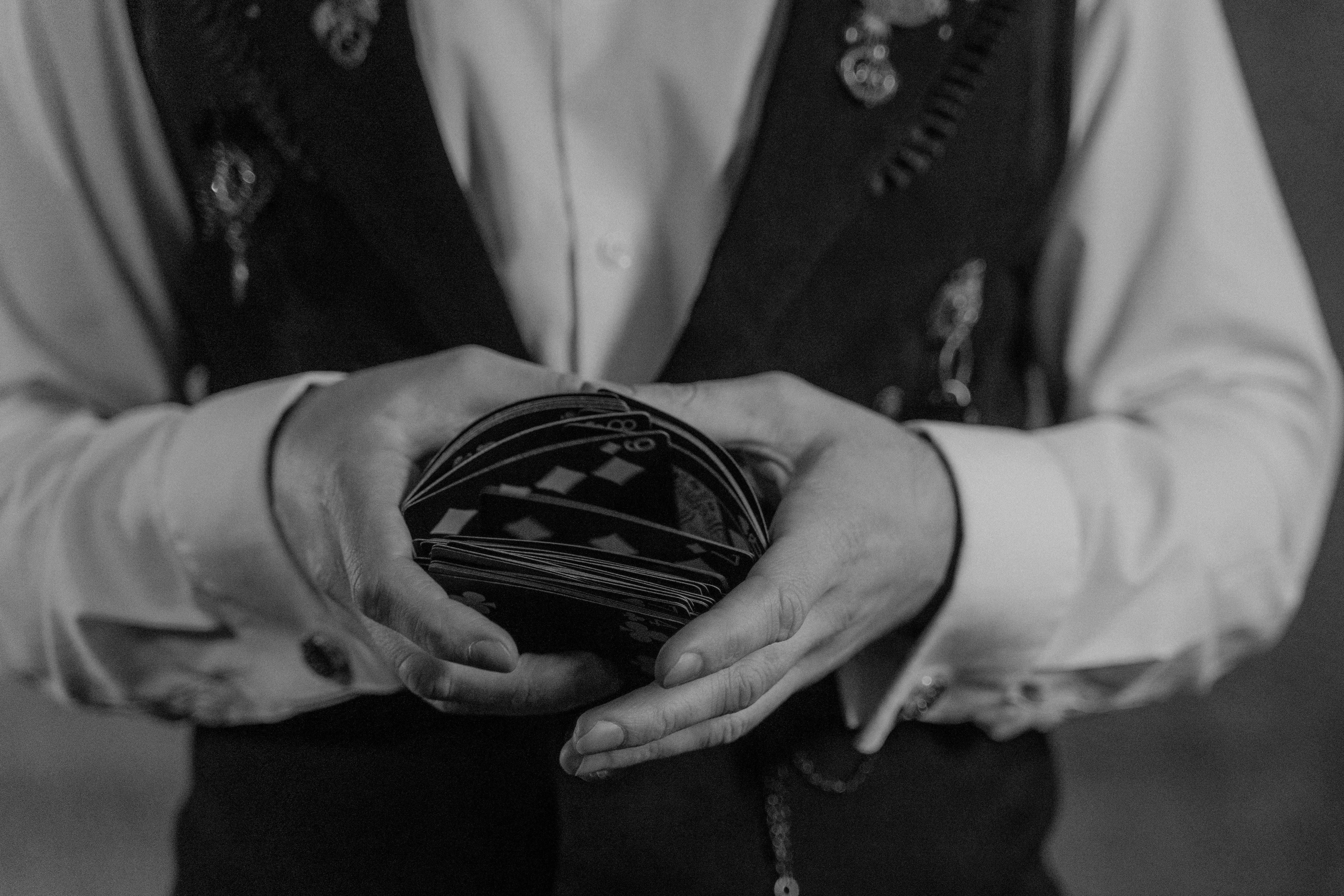Pointillism: the concept
The term “pointillism” was first coined in the late 1880s. An innovative and incomparable style of Western painting, in pointillism, the legions of tiny colored dots engender the impression of many other colors and their fusion. In effect, numerous colored dots are fused together to produce an image with a blended appearance.
Correlations
A branch of Neo-Impressionism, Pointillism is equivalent to the four-color CMYK printing process, where CMYK stands for: cyan (blue), magenta (red), yellow, and key (black). In addition to the topicality of “color mixing”, the appearance of divergent angelic graphic phenomena is also notable. The pointillist style of Western painting is literally the perspective of the beholder’s eye and mind. Viewers of a pointillist artwork are expected to mix the colored dots and blend them together to see the figurative images. Pointillism is somewhat similar to Divisionism, another finer variation of the art.
The details
Pointillism is done in oil colors, due to its high viscosity (thickness). When oil paint is applied to the canvas, it does not bleed or smudge, unlike most other varieties of colors, which can start to run, thus spoiling the work. In pointillism, which is about the tenacity of the paint to adhere to the canvas as dots, oil paintings are the best way to go. Oil paint is produced by mixing oil (preferably linseed oil) with the pigments. These pigments are typically mineral. When the oil and pigments are mixed together, it can be easily and conveniently administered. Oil can keep dry pigments together.
Pointillism – Examples
o Georges Seurat (1859-1891) – A famous contemporary and neo-impressionist French painter. His famous pointillist works are:
– A Sunday Afternoon on the Island of La Grande Jatte (1884), Art Institute of Chicago, USA (‘The’ pointillist work that defines)
– The Forest at Pontaubert (1881-1882), currently in The Metropolitan Museum Art, New York, USA.
– Landscape (1882), currently in the Corporate Art Collection, Reader’s Digest Association
– Ville-d ‘Avray, White Houses (1882), present at Walker Art Gallery, Liverpool, United Kingdom
o Paul Signac (1863-1935): French neo-impressionist painter who worked in association with Georges Seurat to develop pointillism. His famous pointillist works of art are:
– Portrait of Félix Fénéon (1980), Museum of Modern Art, New York, USA.
– Breakfast (The Dining Room) (1886-87), now in the Rijkmuseum Kroller, Otterlo, The Netherlands
– The Railway at Bois-Colombes (1886), present at Leeds City Art Gallery, Leeds, United Kingdom
– Gas tanks at Clichy (1886), present in the National Gallery of Victoria, Melbourne, Australia
o Henri-Edmond Cross (1856-1910): French pointillist painter. His famous pointillist works of art are:
– Self-portrait with cigarette (1880), is a private collection
– Playa del Mediterráneo (1891-92), is a Private Collection.
– The Head of Hair (1892), present at the Musée d’Orsay, Paris, France
– Evening Breeze (1893-1894), present at the Musée d’Orsay, Paris, France
– Portrait of Madame Cross (1901), present in the Musée d’Orsay, Paris, France
